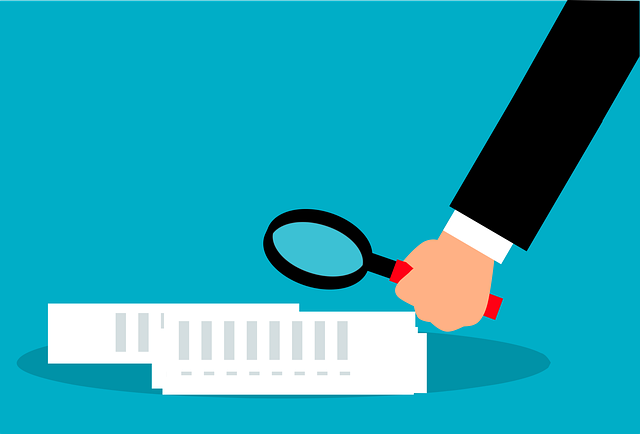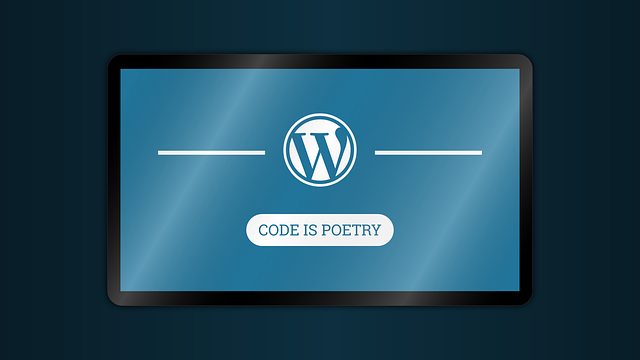
Secure use of Wi-Fi networks in managing your WordPress site
Managing a WordPress website is an essential task for any business owner or blogger. However, one of the less discussed but equally critical aspects of online security is the secure use of Wi-Fi networks during the administration of your WordPress site. In this article, we will explore why this is important and how you can protect your website by using Wi-Fi connections securely.
The vulnerability of public Wi-Fi networks
Public Wi-Fi networks, such as those found in coffee shops, airports or shopping malls, are convenient, but they are also known to be insecure. Cybercriminals can exploit these networks to intercept data and conduct attacks, putting the security of your WordPress site at risk if you perform administration tasks while connected to a public Wi-Fi network.
Risks to WordPress administration.
- Risk of credential theft: On a public Wi-Fi network, hackers can use interception techniques to capture your website login credentials, such as WordPress admin username and password.
- Malware injection: Cybercriminals can also leverage these networks to inject malware into your device while you are connected. This malware can target your WordPress website or collect personal and financial information.
- Man-in-the-middle attacks: Man-in-the-middle attacks are common on public Wi-Fi networks. An attacker places himself between your device and the server, allowing him to intercept and modify the data being transmitted.
Tips for secure use of Wi-Fi networks in WordPress administration:
- Avoid unsecured public networks: Whenever possible, avoid connecting to unsecured public Wi-Fi networks. Use your own data plan or a virtual private network (VPN) for a more secure connection.
- Use a VPN: A VPN encrypts your data and hides your IP address, making it difficult for attackers to intercept your communications. It is an essential tool to protect your WordPress site while connecting to public Wi-Fi networks.
- Update and secure your website: Keep your WordPress site up to date with the latest security updates and use trusted security plugins to protect against potential attacks.
- Two-factor authentication (2FA): Enable two-factor authentication on your WordPress website. This adds an extra layer of security that protects your credentials even if they are stolen.
- Connect only to known networks: If you must use a public Wi-Fi network, make sure it is a known and trusted network. Avoid connecting to passwordless or open networks.
- Log out when finished: Always log out of your WordPress site and any other online accounts after using a public Wi-Fi network. This reduces the risk of someone accessing your accounts if your credentials are obtained.
- Monitor your website: Constantly track activity on your website to detect suspicious or unusual activity that may indicate a security compromise.
Managing a WordPress website is a task that must be performed with care, especially when it comes to Wi-Fi network security. Online threats are constantly evolving, and it is critical to take steps to protect the integrity of your website and your users’ data. By following these tips and practicing safe use of Wi-Fi networks, you can keep your WordPress site safe from potential attacks and ensure it continues to perform optimally. Remember that security is an investment in the longevity and trust of your website.



